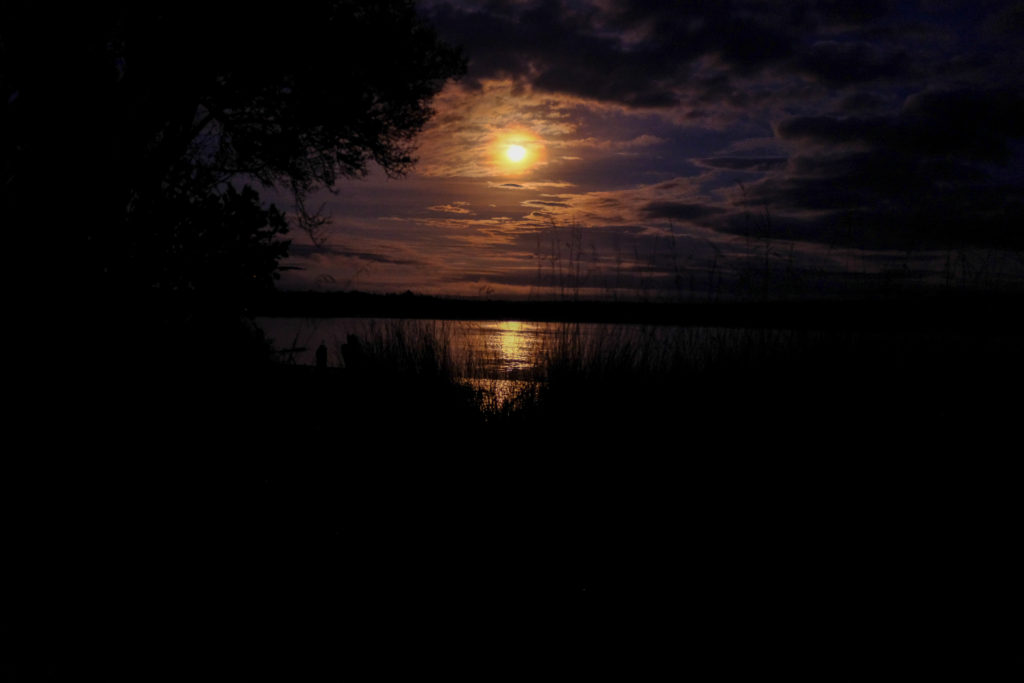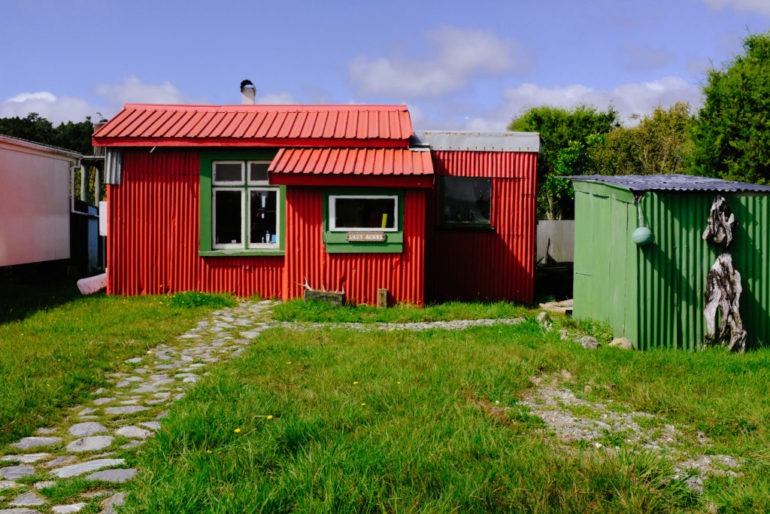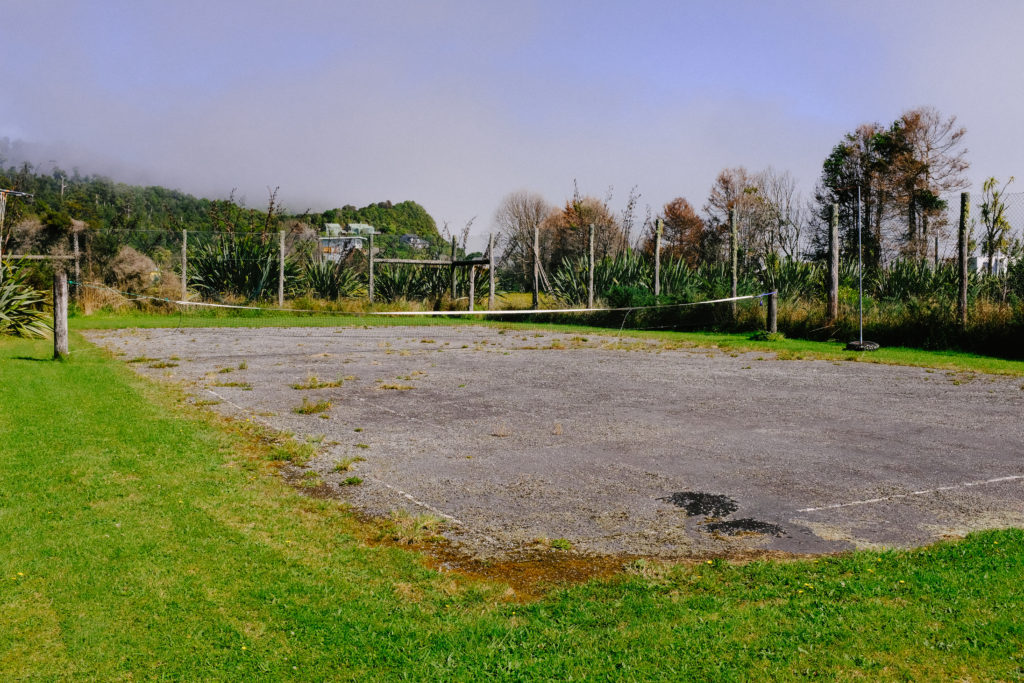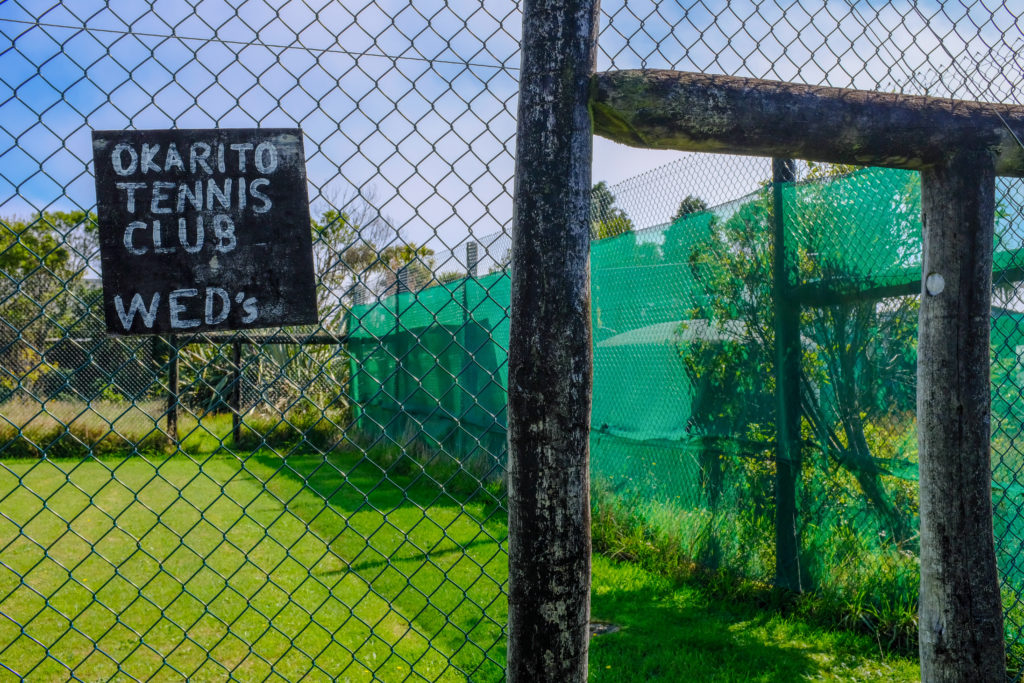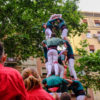The roads were empty and dark: no streetlights, no cellphone signal, no buildings in sight. I felt a little on edge sitting in the car in the middle of the night, driving deeper into the woods and further from civilization. It was then that I decided I was far more comfortable living in cities than in the wilderness, and I felt unsure whether we made the right decision to venture into this small town. Our destination? Okarito. Population: 30.
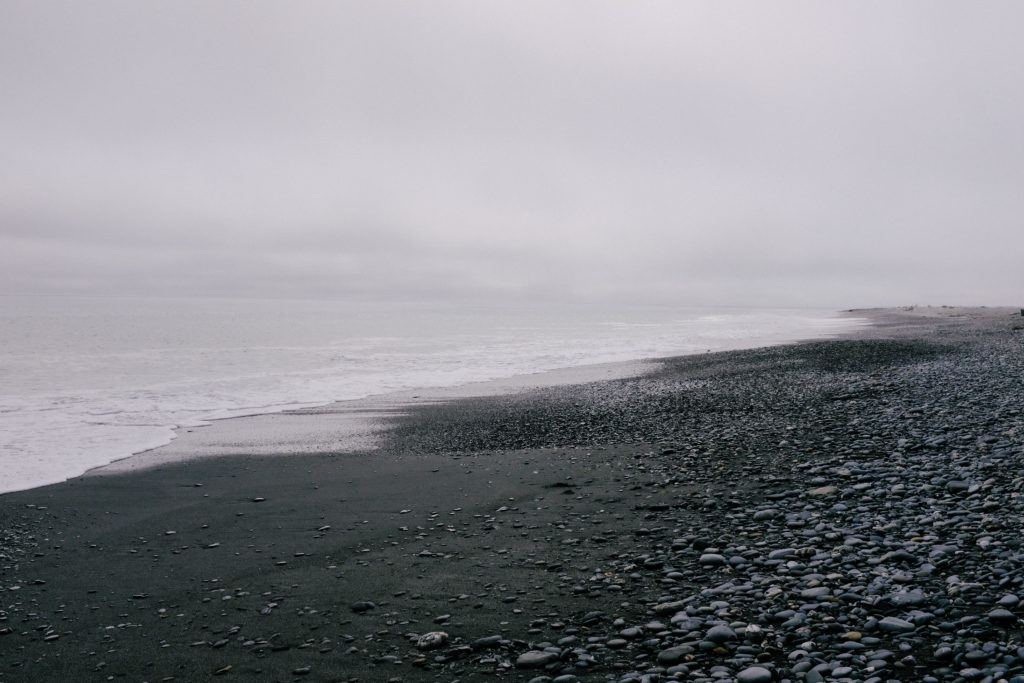
We were initially drawn to the area because we wanted to see the Franz Josef and Fox glaciers and Okarito was about a half hour’s drive away. However, we ended up loving Okarito so much that we spent most of our day there, squeezing out our glacier hike to just a few hours.
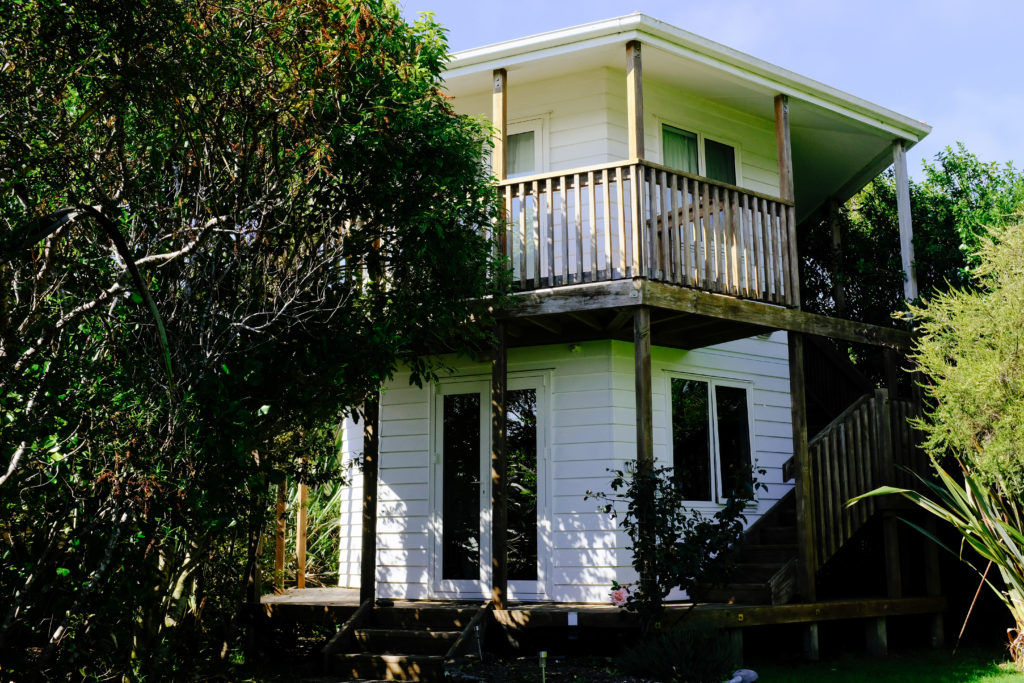
We lived in a octagonal, two-story white tower that reminded us of a lighthouse. It was nestled in the backyard of Okarito Kayaks, one of the few businesses in the area (others were quite nature-oriented as well: Okarito Boat Tours, where you can learn about the local lagoon known as New Zealand’s largest unmodified estuarine wetland and Okarito Kiwi Tours, a military-like experience where you wait patiently for hours until you spot a kiwi in the wild). Each morning, we woke up and fell asleep to birds chirping and ate our meals overlooking the light pastels of drying laundry and the bright yellows and reds of kayaks.
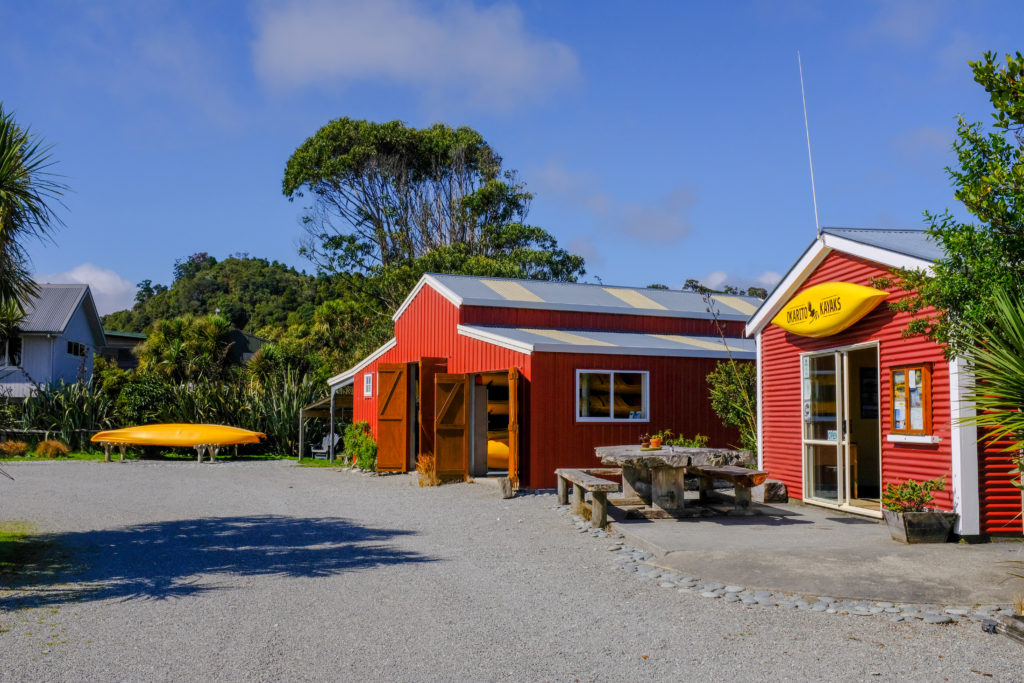
Our host drew us a map of the town, which mostly consisted of a few small houses, nature trails, and a public toilet. Okarito is so small that it doesn’t even have the basics: no general store, no restaurants. If you want coffee or snacks, your only choice is Okarito Kayaks, which also housed a mini cafe inside the rental building. The subtle signs of community were in the small things: a tennis court and town board, a shared garden.
What this scarcity means is that residents are here because they want to be here—they are irresistibly drawn to the place and to the solitude that it offers. We flipped through a photography book of the residents, which opened with the line, “Very few of the people in Okarito are here because they were born here, they arrived because of some form of attraction to the lagoon and the village.” That’s a really special type of community, where people are all there with intention. Despite the obstacles, like having to cross two fords to get to some homes or not having many local businesses for work, the residents go out of their way to make the lifestyle work for them.
One captivating quote from a local about the magnetic pull of the town: “Before I moved in, I used to drive over from Fox and spend the night sleeping on the beach with a bonfire…before waking up in the morning and driving back to go to work. I just couldn’t keep away. There is something about it that simply captures your heart and soul, the beauty of the area and the incredible people that live there. It is a very, very special place, my home.”
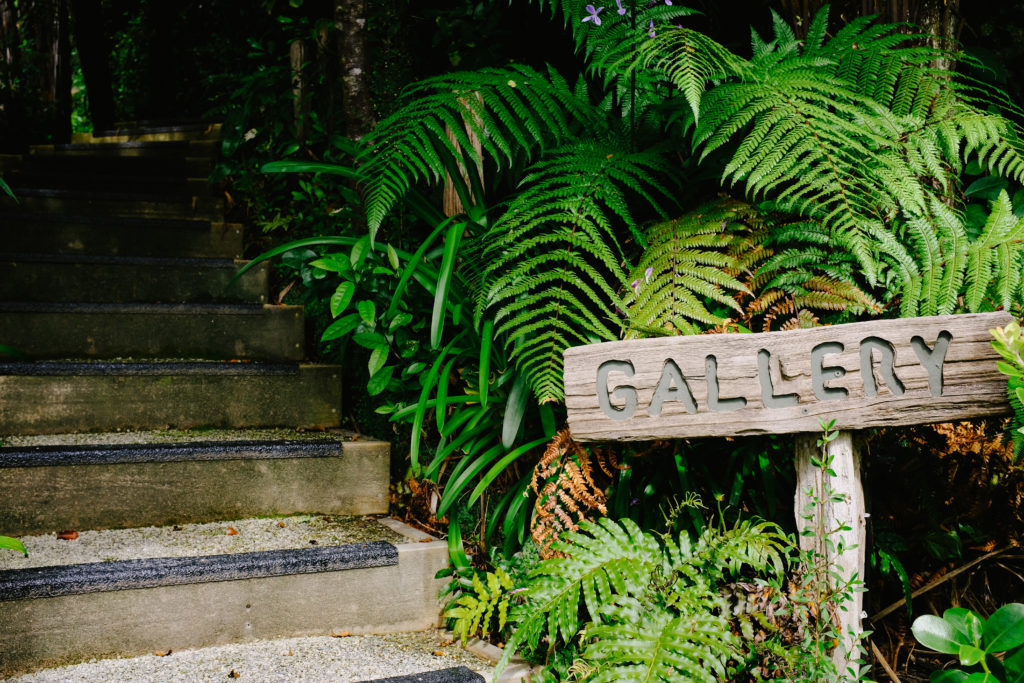
As we wandered the town, we discovered a renowned landscape photographer, Andris Apse, who has a gallery there. It was the ground floor of his home, which made it feel quite intimate.
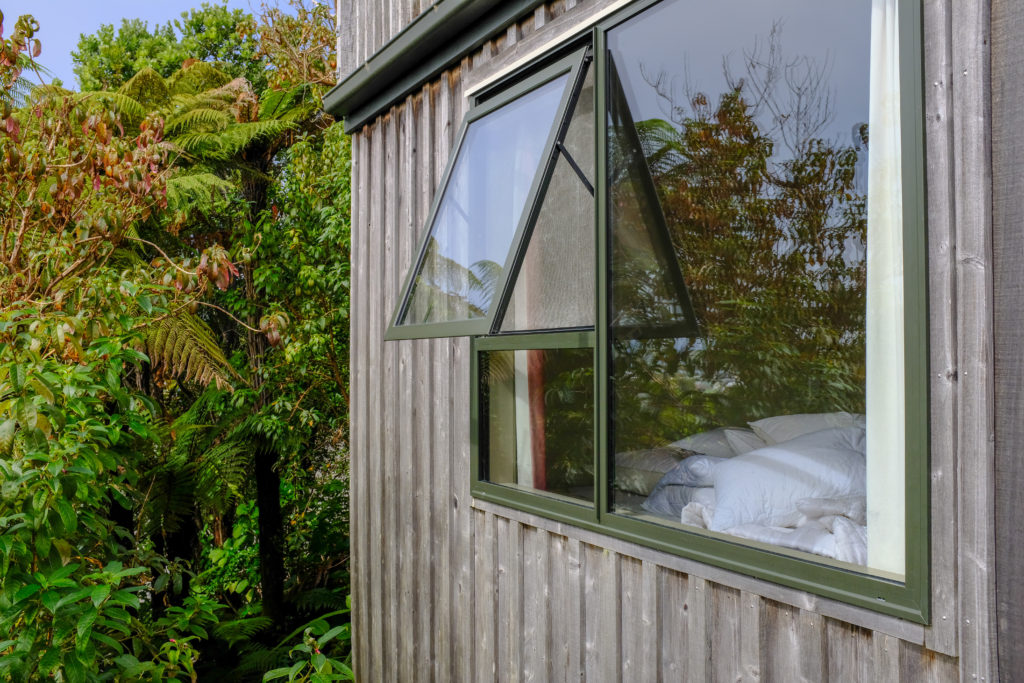
I spent over an hour looking at his work and asking him questions. I’d always assumed landscape photography was about patience, waiting until the right light hit. For Andris, however, it was more about calculation and preparation. When I asked about the classic Wanaka tree, where many aspiring nature photographers wait patiently to get the right shot, he smiled and replied, “I go where people don’t usually go, or times that they don’t.” He spends 90% of his time exploring nature and only 10% of it actually taking photos. His photos are, quite literally, years in the making—he could stumble upon a spot and wait a few years for the right conditions to set the mood and vision for what he wants to shoot. He researches weather conditions with a GPS and compass, and keeps a diary of potential shots and brings it with him when he travels.

His most captivating piece, “Moonlit River,” is limited to an edition of just one print. He waited until winter (May or June) for a full moon, and then hired a helicopter at 4 am to capture the moonlight on the Cascade River. It was a once-in-a-lifetime shot that could never be recreated.
Andris, too, was drawn to Okarito because he wanted to photograph it. Now, it’s been over 15 years, and he has no plans to leave. After talking to him, I ended up watching the full moon over the lagoon, not a person in sight. Blurry photos but a beautiful night.
